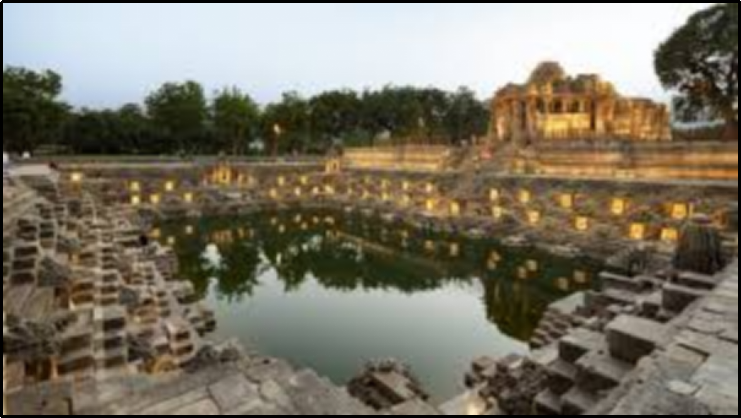Places To Visit in Gujarat (India)
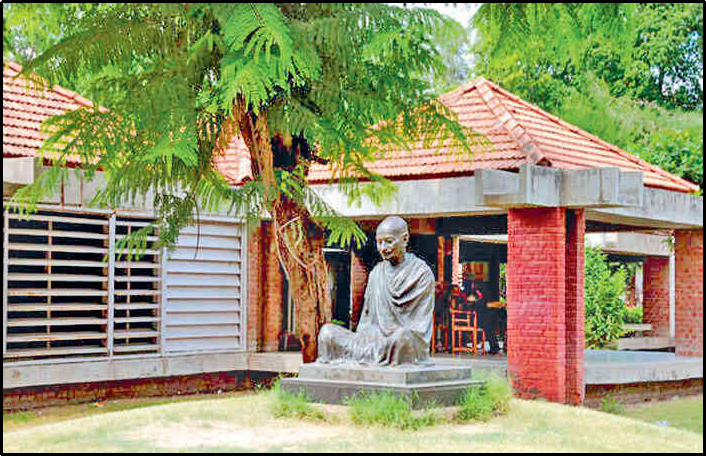
Gandhi Ashram
As per historical sources, after returning from South Africa, Gandhiji established his first ashram at Kocharab Bungalow, which belonged to his barrister friend, Jivanlal Desai, on May 25, 1915. Back then, it was called Satyagraha Ashram. However, Mahatma Gandhi had plans to begin various activities like animal husbandry and farming so he needed a larger space. On June 17, 1917, the ashram was relocated to an area of 36 acre on the banks of River Sabarmati and thus came to be known as Sabarmati Ashram. At Sabarmati Ashram, one can travel back in time to get a sense of Mahatma Gandhi’s ideology and remarkable life.
Rani no Hajiro
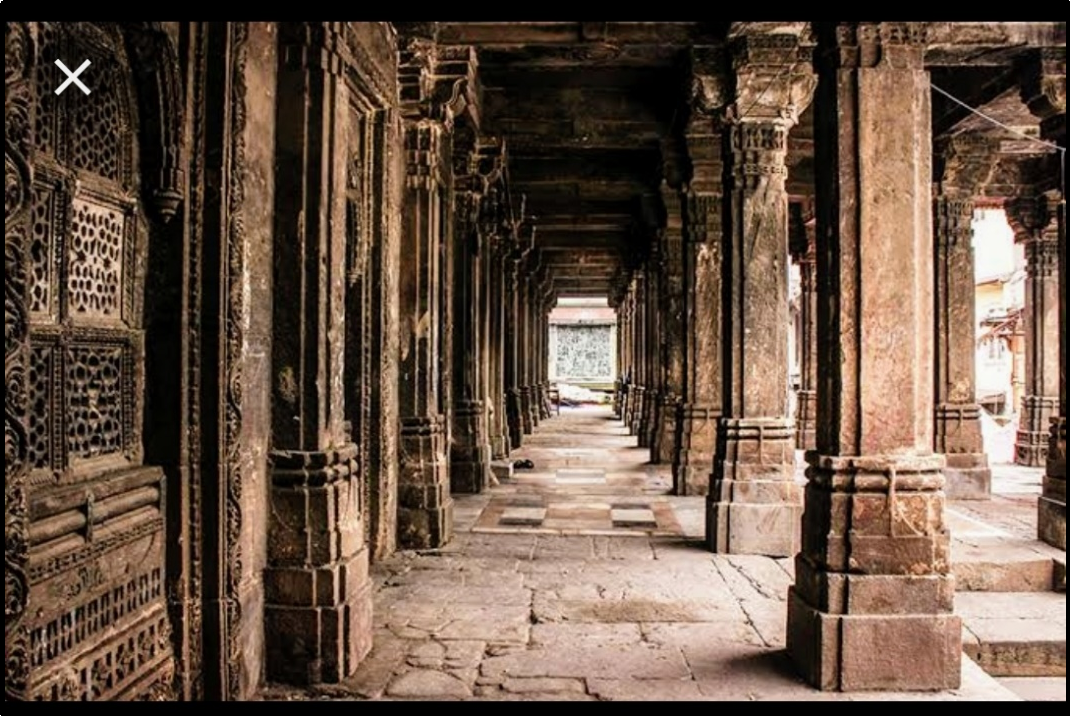
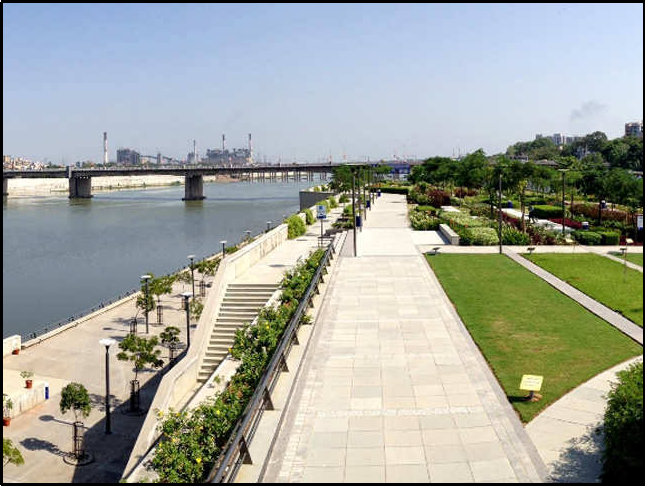
Sabarmati Riverfront
Akshardham Temple
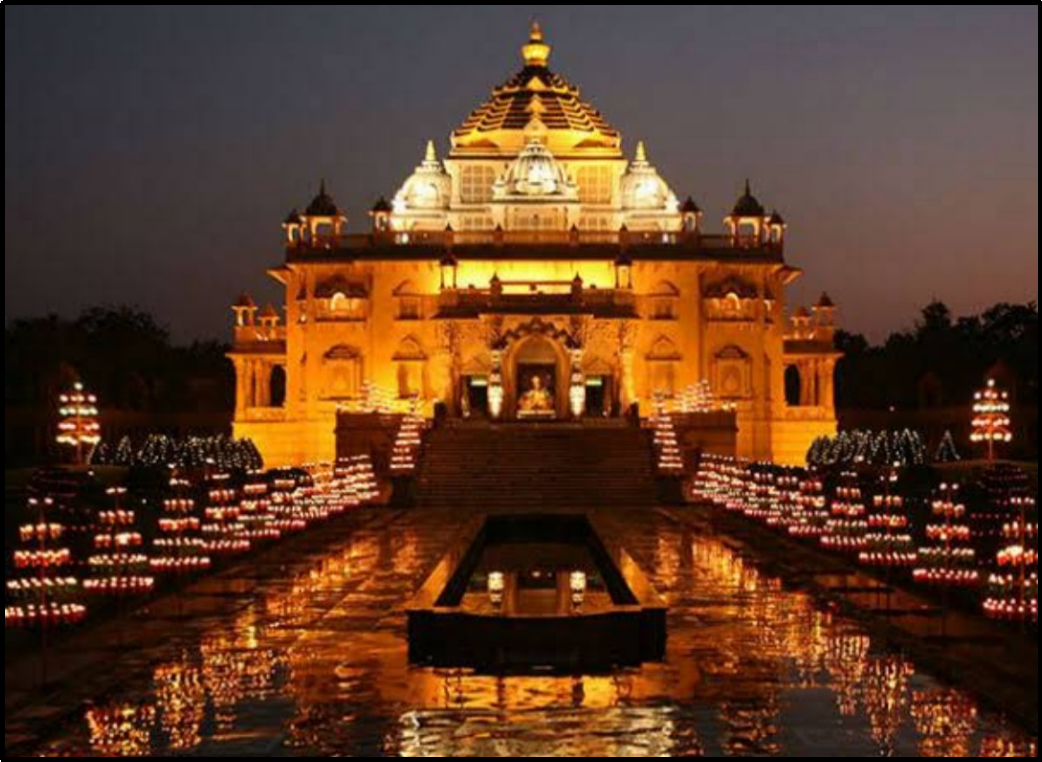
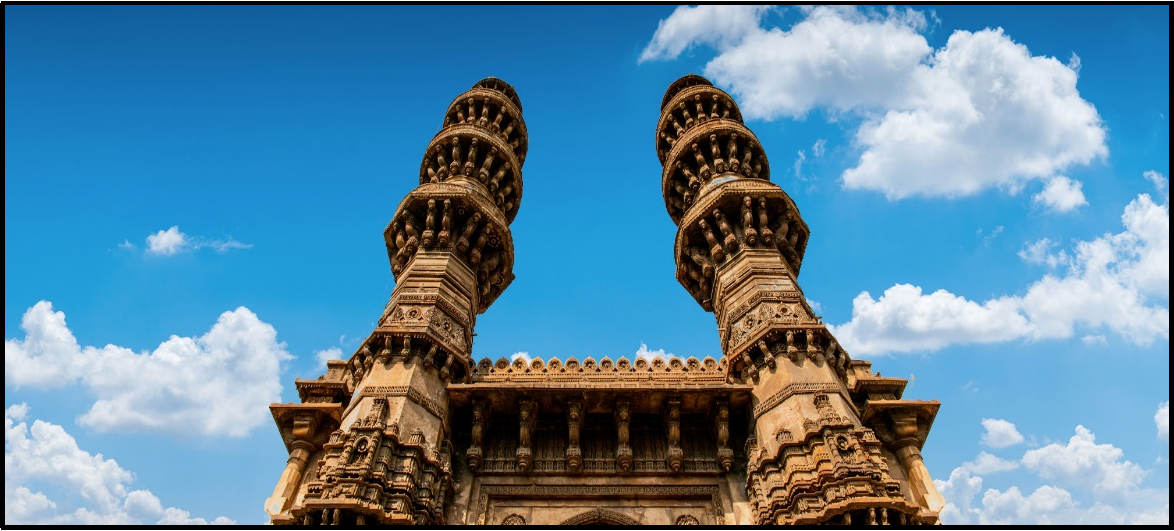
Jhulta Minar
Bhadra Fort
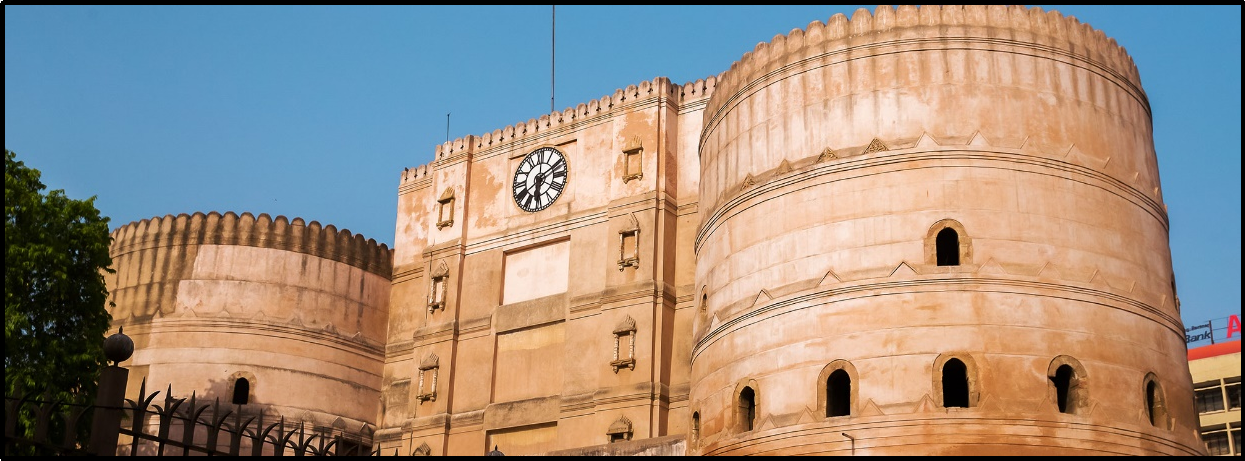
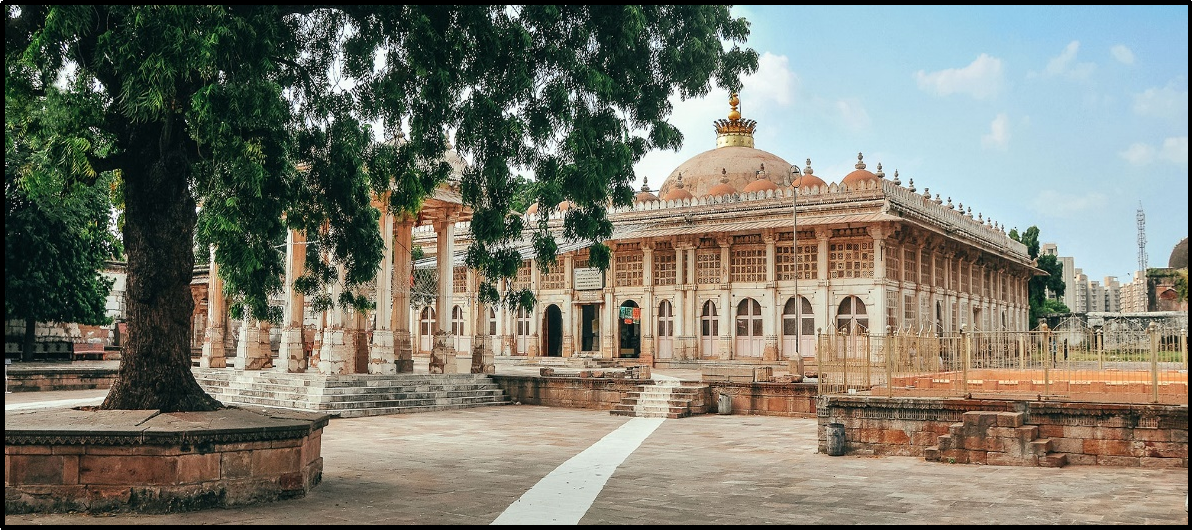
Sarkhej Roza
Kankariya lake
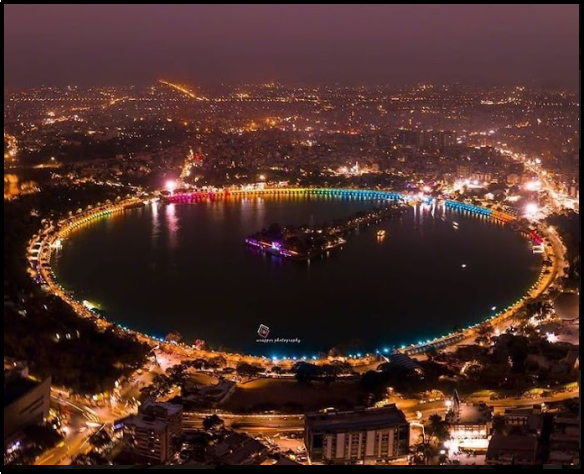
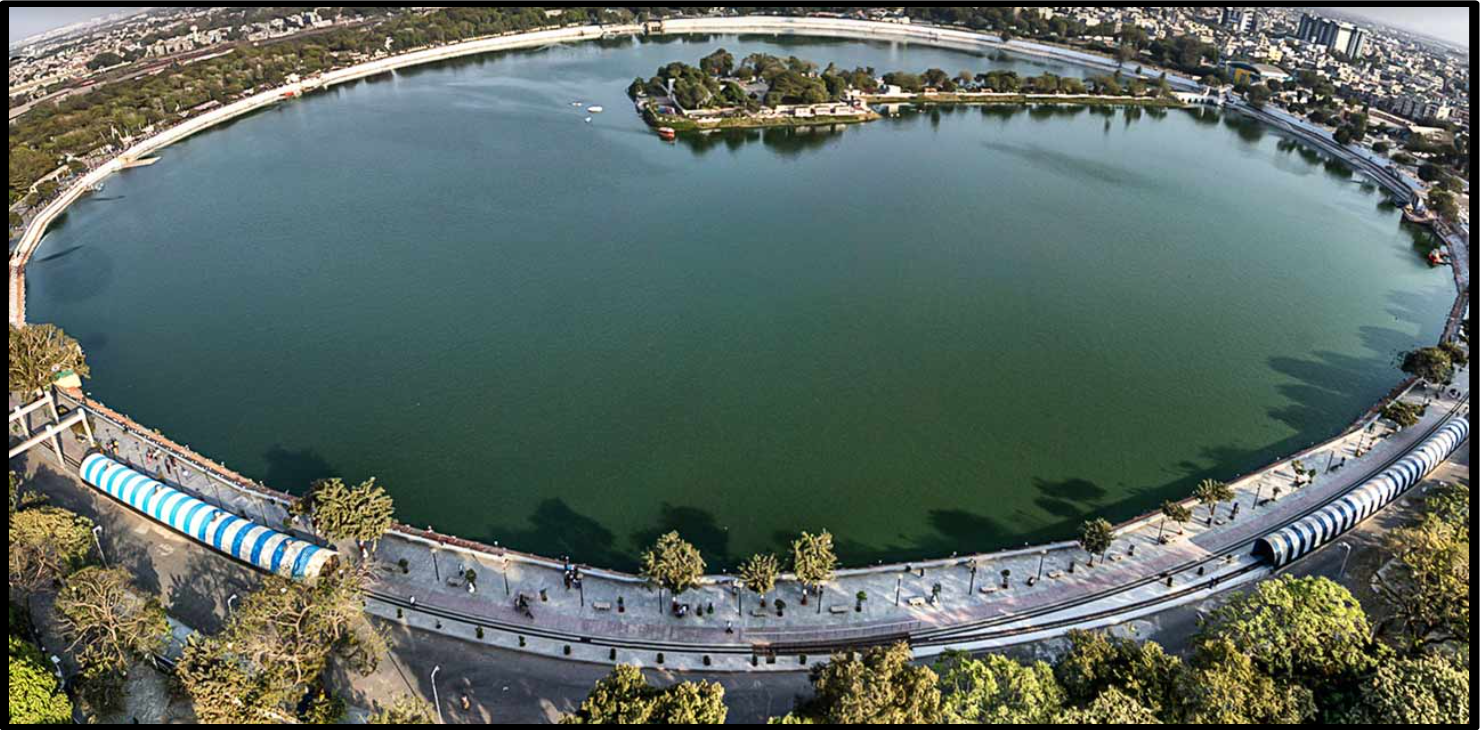
Adalaj stepwell
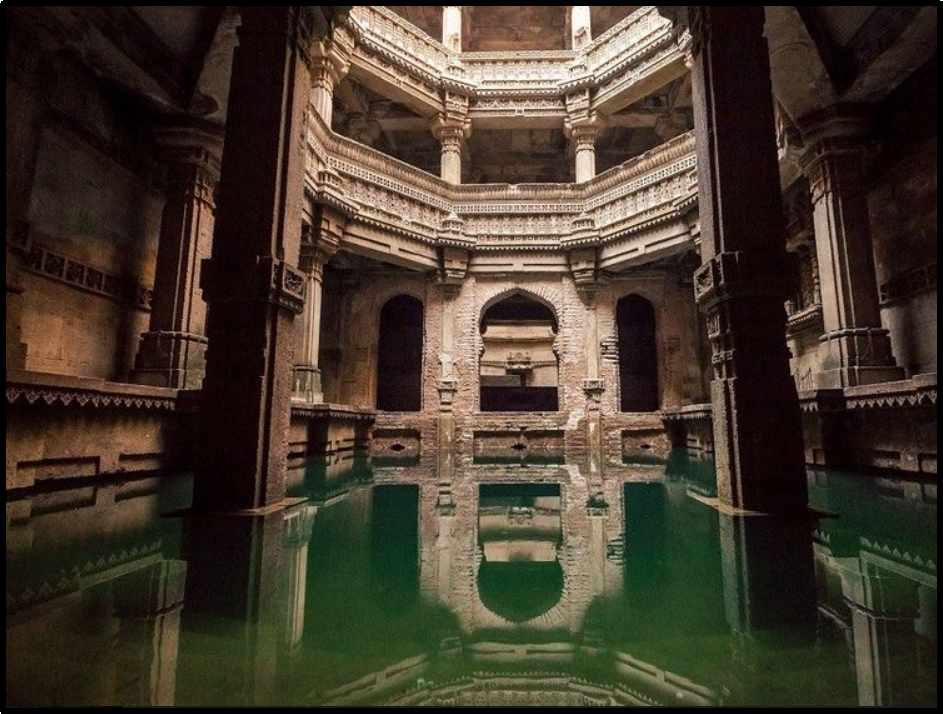

Science city
Auto world Vintage Car Museum

Hutheesing Jain temple
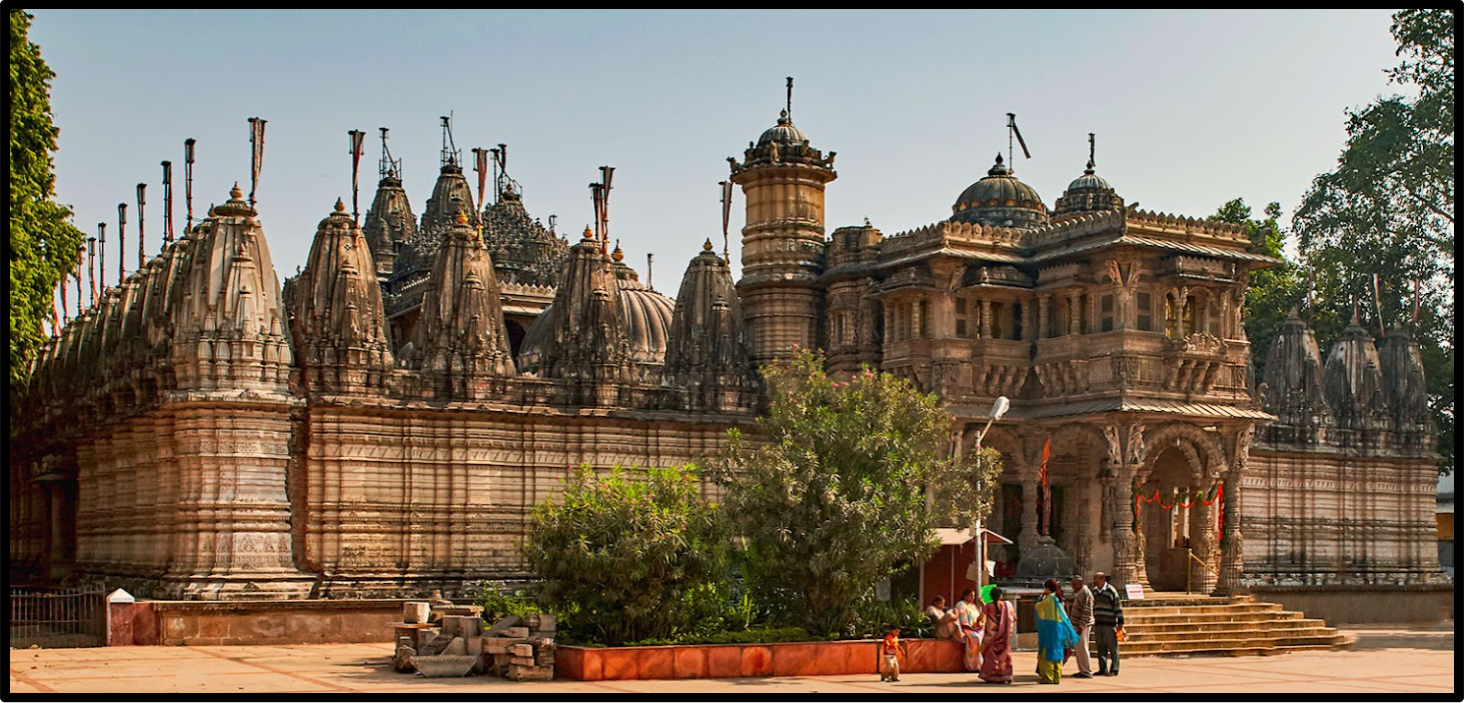
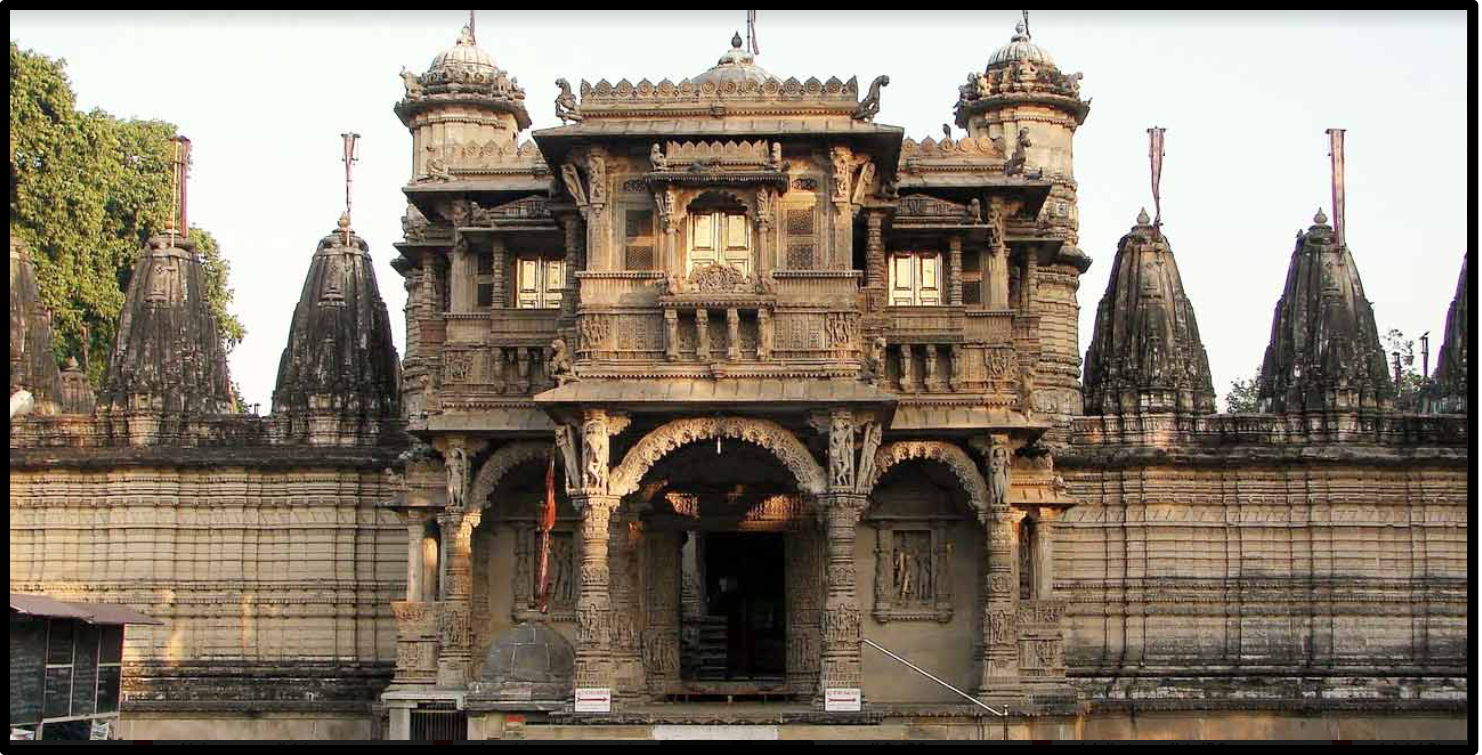
Somnath Temple
The Somnath Temple in Gujarat, majestically situated by the Arabian Sea, stands as a remarkable testament to India’s rich heritage and resilience. As one of the twelve revered Jyotirlinga shrines dedicated to Lord Shiva, this sacred site has been rebuilt multiple times, with its origins tracing back to a legendary golden structure created by the Moon God Soma. The present temple, designed in the exquisite Chalukya style, boasts intricate carvings and a towering shikhara, showcasing the brilliance of ancient Indian architecture. Despite facing numerous invasions and destructions, most notably by Mahmud of Ghazni, the temple’s enduring spirit continues to draw millions of devotees and tourists annually, offering a profound blend of spirituality, history, and architectural grandeur.
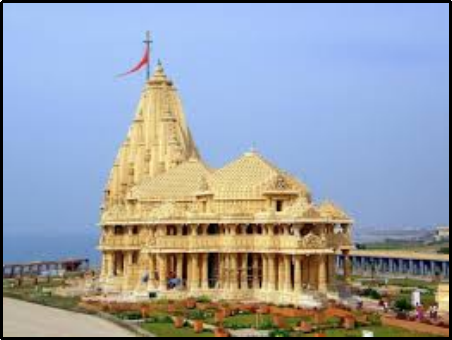
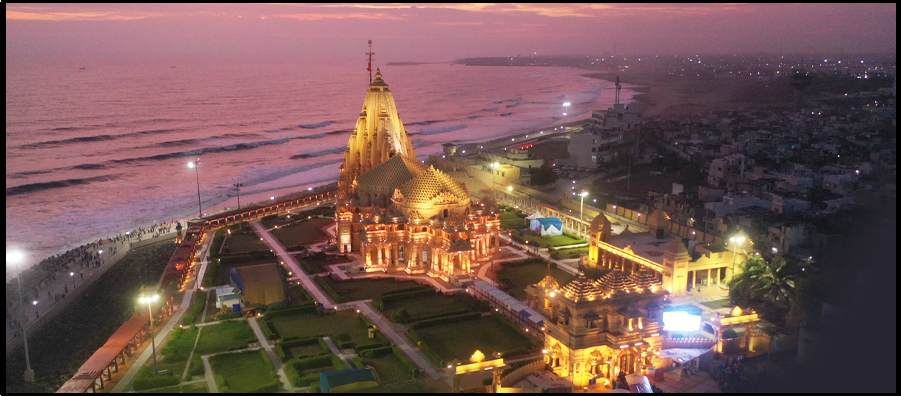
Dwarkadhish Temple
The Dwarkadhish Temple, located in the sacred city of Dwarka in Gujarat, is a magnificent testament to India’s spiritual and architectural legacy. Dedicated to Lord Krishna, known as Dwarkadhish or the “King of Dwarka,” this temple is a major pilgrimage site for devotees. With its origins believed to date back over 2,000 years, the current structure, built in the Chalukya style, features a five-storied tower adorned with intricate carvings and a 78-meter tall shikhara. The temple’s sanctity and historical significance, combined with its coastal beauty, attract millions of visitors seeking spiritual solace and a glimpse into ancient Hindu traditions.
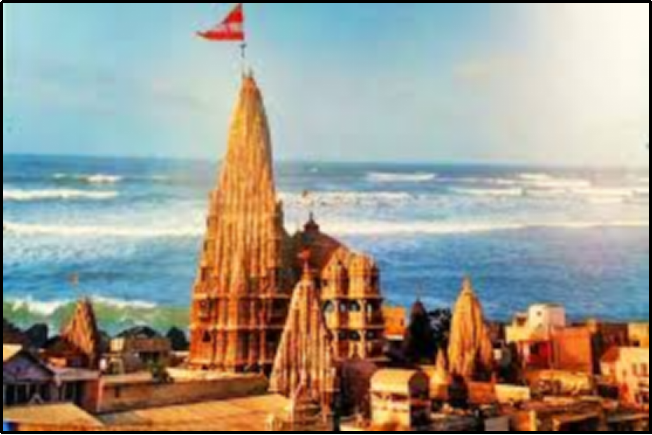
Sasan Gir National Park
Sasan Gir National Park, located in Gujarat, India, is a wildlife sanctuary renowned for being the last abode of the Asiatic lion. Established in 1965, this park covers approximately 1,412 square kilometers of diverse landscapes, including dense forests, scrublands, grasslands, and rocky hills. Besides the majestic lions, Gir is home to a rich variety of wildlife, including leopards, deer, antelopes, and numerous bird species. The park’s conservation efforts have been pivotal in reviving the Asiatic lion population from the brink of extinction. Sasan Gir offers a unique blend of adventure and natural beauty, making it a must-visit destination for wildlife enthusiasts and nature lovers.


White Desert of Kutch
The White Desert of Kutch, located in Gujarat, is a breathtaking expanse of pristine white salt flats stretching as far as the eye can see. This surreal landscape, also known as the Rann of Kutch, comes alive during the Rann Utsav, an annual cultural festival celebrating the region’s rich heritage. Visitors can experience the magical sight of the desert glowing under the full moon, partake in traditional music and dance, and explore local handicrafts. The White Desert, with its unique geography and vibrant cultural offerings, provides an unforgettable experience that captures the heart and spirit of Gujarat.

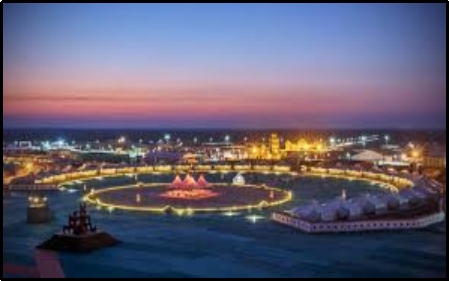
Sun Temple
The Sun Temple in Modhera, Gujarat, is a magnificent example of ancient Indian architecture and devotion. Built in the 11th century by King Bhima I of the Solanki dynasty, this temple is dedicated to Surya, the Sun God. The temple complex is intricately designed, with a beautifully carved main shrine, a grand Sabha Mandap (assembly hall), and a sacred Surya Kund (stepwell) adorned with numerous shrines. The exquisite carvings depict scenes from Hindu mythology and daily life, showcasing the artisans’ skill and creativity. Aligning with the equinoxes, the temple is a marvel of astronomical precision, bathing in sunlight during specific times of the year. The Sun Temple at Modhera stands as a testament to India’s rich cultural heritage and architectural brilliance, attracting history enthusiasts and spiritual seekers alike.
